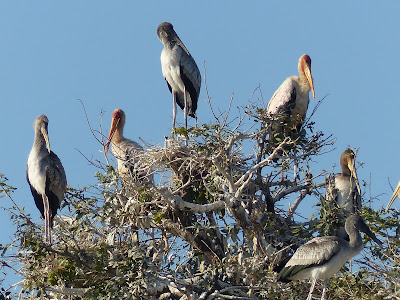Our flight back to Lusaka was late on our last day in the valley, meaning we had plenty of time at Flatdogs Camp to enjoy the bar and restaurant.
Like all the best Safari holidays though Flatdogs and The South Luangwa Valley had one last parting surprise.
Three elephant wandered into camp, first by the swimming pool, then into the dining area where our delicious lunch had to be temporarily abandoned whilst these gentle beasts fed off trees in the camp centre.
Not that we ever need an excuse to return - but this would have done the trick if we did!
Like all the best Safari holidays though Flatdogs and The South Luangwa Valley had one last parting surprise.
Three elephant wandered into camp, first by the swimming pool, then into the dining area where our delicious lunch had to be temporarily abandoned whilst these gentle beasts fed off trees in the camp centre.
Not that we ever need an excuse to return - but this would have done the trick if we did!

















































